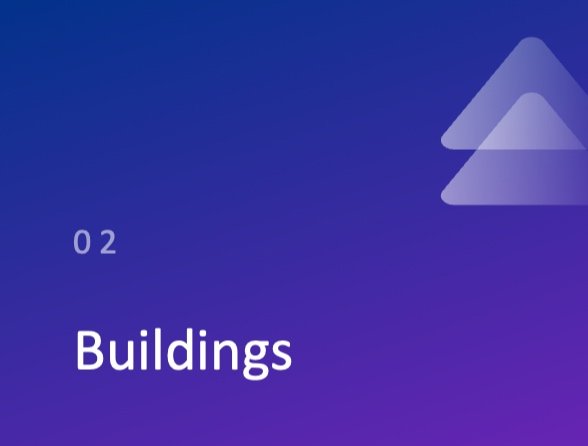
Title: Unlocking Sustainability: How Smart Buildings Pave the Way for EU Taxonomy Compliance
The impact doesn't stop in real estate. Beyond the Real Estate and Construction sector, where 19 activities are directly defined by the EU Taxonomy, smart buildings extend their reach across various sectors. From Manufacturing and Energy sector to Professional, scientific and technical activities, smart buildings play a vital role in advancing sustainability goals.
Consider this: 54 activities contributing to Climate Change Mitigation, 59 activities contributing to Climate Change Adaptation, and numerous others across different environmental objectives—all made possible through technologies that could be carried out in and by smart building.
Looking ahead, the future is even more promising. The proportion of smart-supported activities is expected to rise significantly in the coming years, further solidifying the role of smart buildings in driving sustainability efforts.
Curious to see how your smart building or solution providers align with EU Taxonomy requirements? You can now join the waiting list for our extra EU Taxonomy module. Gain insights into the eligibility and alignment of your activities and take proactive steps towards sustainable compliance.
In conclusion, the convergence of smart buildings and sustainability is not just a vision—it's a reality. By harnessing the power of technology, we can unlock new possibilities for compliance, cost optimization, and environmental stewardship. Together, let's build a smarter, more sustainable future.
In today's corporate landscape, meeting compliance requirements, particularly those set forth by the EU Taxonomy legislation, is not only a legal obligation but also a strategic imperative. Recent estimates by EFRAG indicate that companies subject to these obligations may face annual costs ranging from €40K to €320K. However, amidst these challenges, a beacon of hope emerges in the form of smart buildings.
Smart buildings offer a unique opportunity to optimize compliance costs while advancing sustainability objectives. At the forefront of this movement is the Smart Building Collective | Certification, a pioneering initiative that brings together experts in sustainability and ESG to explore innovative solutions.
The journey begins with an exploration of the EU Green Deal and the EU Taxonomy, foundational pillars that underpin environmental sustainability within the EU. These frameworks provide a roadmap for identifying activities that contribute to key environmental objectives. Here's where smart buildings and their technologies enter the picture.
Through rigorous analysis, we've discovered that smart buildings can support a significant portion of activities outlined in the EU Taxonomy. Out of the 242 activities identified as substantially contributing to environmental objectives, more than half can be facilitated by smart buildings and their providers.








